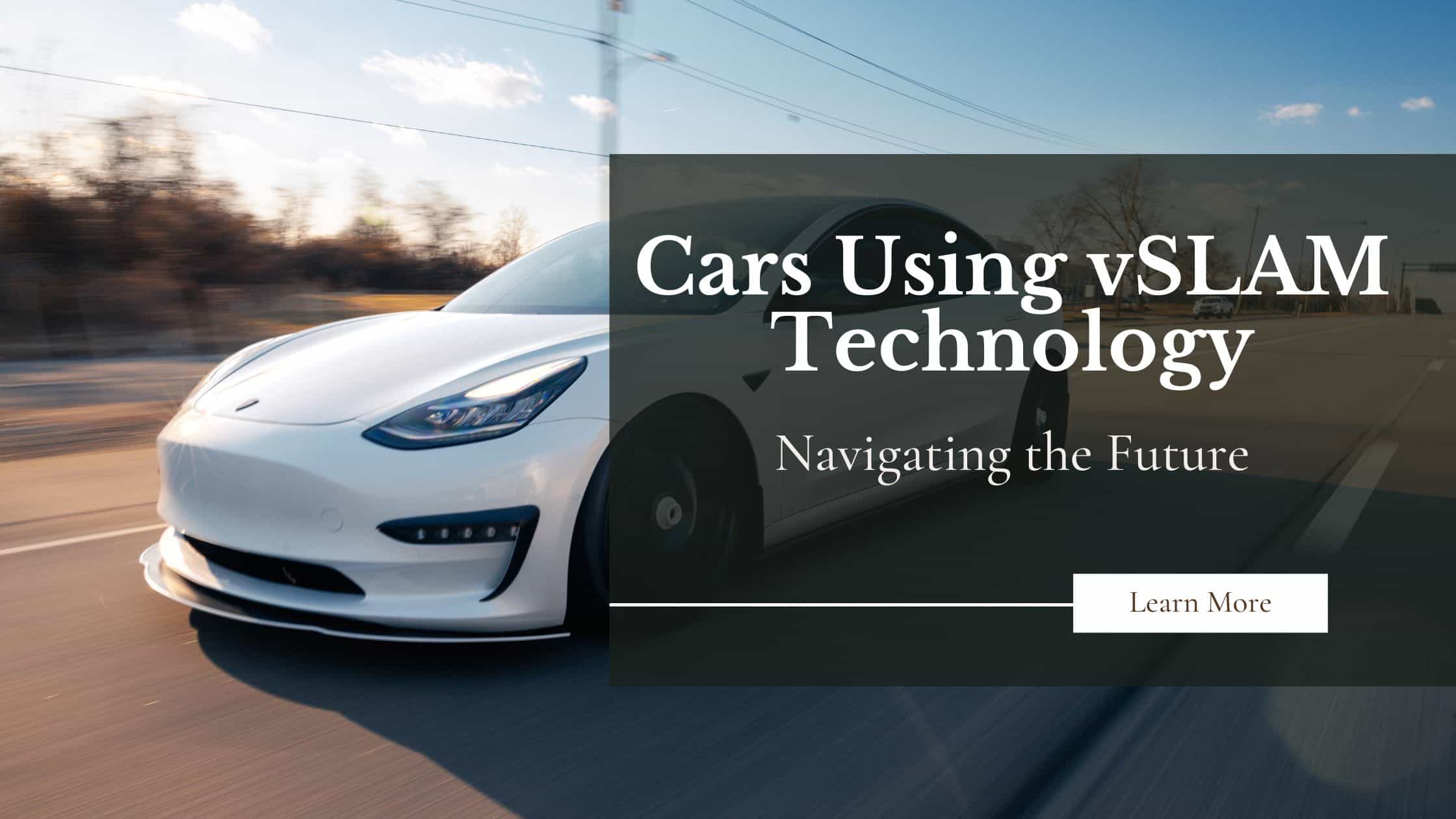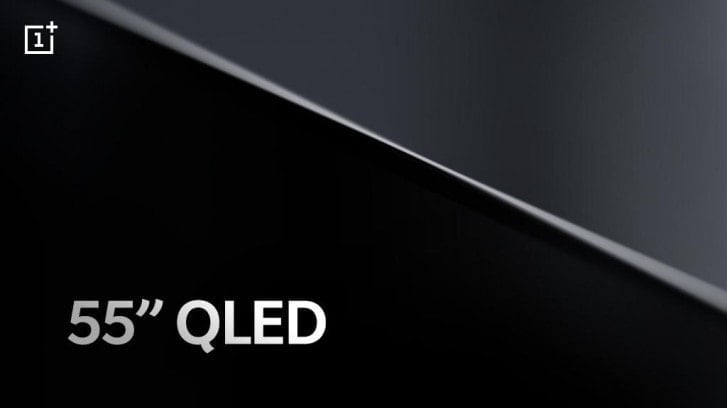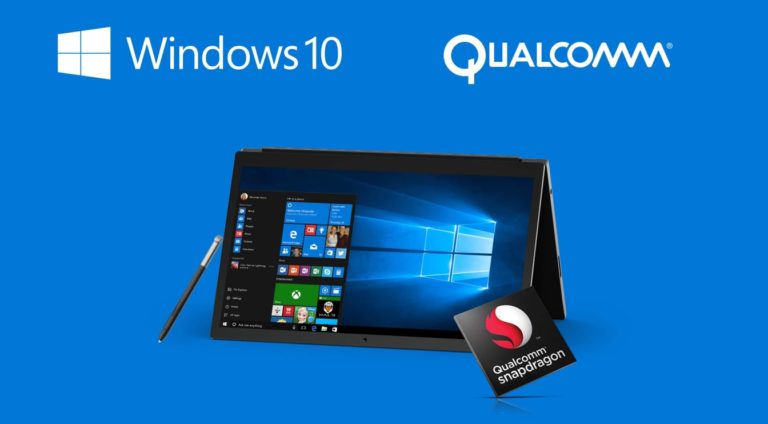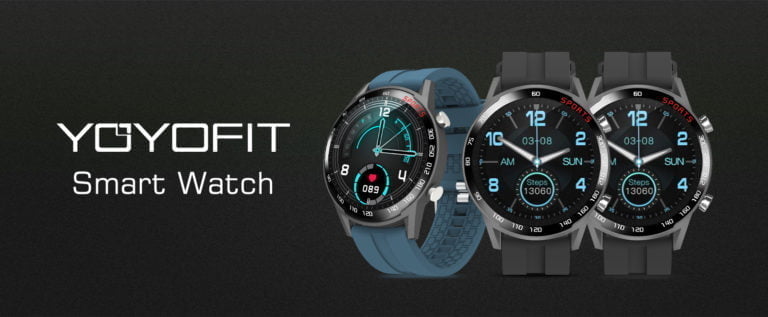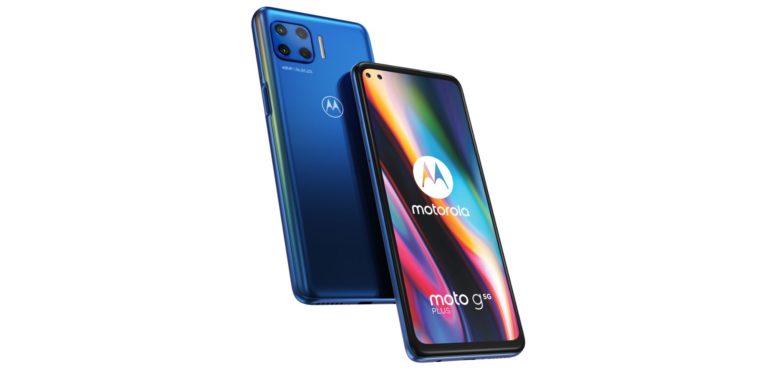Any links to online stores should be assumed to be affiliates. The company or PR agency provides all or most review samples. They have no control over my content, and I provide my honest opinion.
Visual Simultaneous Localisation and Mapping (vSLAM) isn’t just confined to robot vacuums; it’s a technology that has also started making its way into the automotive world. Though not as prevalent as in smart home devices, vSLAM technology is beginning to emerge as an important tool in autonomous driving systems. As someone who keeps a close eye on tech innovations, I find the application of vSLAM in vehicles particularly intriguing. Let’s explore which cars are currently utilising this fascinating technology.
vSLAM in Autonomous Driving
Before diving into specific models, it’s crucial to understand the role vSLAM plays in autonomous driving. Essentially, vSLAM utilises optical sensors, usually cameras, to capture visual data from the car’s surroundings. This data is then processed in real-time to create and update a map while simultaneously tracking the car’s position within that map. The advantage of this approach lies in its ability to adapt to a dynamic environment, much like how it works in robot vacuums.
The Early Adopters
Now, vSLAM is still relatively novel in the automotive industry, and many companies are still in the experimental or early-implementation stages. However, several enterprises have been public about their research and even implementation of vSLAM:
Tesla
Tesla’s approach to autonomous driving has generally relied more on cameras than on LiDAR.
While they haven’t explicitly said they’re using vSLAM, their heavy reliance on visual data for navigation suggests that their systems employ techniques similar to vSLAM. Considering Tesla’s ongoing software updates, it wouldn’t be surprising if they were to formally adopt or have already integrated vSLAM-like functionalities.
Rather than use generic terms like vSLAM, Tesla calls their technology Tesla Vision. Tesla has decided to go all in on this technology. They previously used ultrasonic sensors (USS) on the Model 3 and Model Y. Ultrasonic sensors use sound waves to detect nearby objects. In contrast, LiDAR uses a laser distance sensor that measures the range, or depth from a surface.
Elon Musk is vehemently against the use of LiDAR for cars. He has claimed that “LiDAR is a fool’s errand… and anyone relying on LiDAR is doomed”.
Musk has also stated:
We do not envisage using LIDAR… LIDAR does not penetrate occlusions, it does not penetrate rain, dust, or snow, whereas radar does. LIDAR doesn’t bounce, you can’t look at things in front of the car in front of you.
One additional argument against LiDAR, made by Andrej Karpathy, former director of AI at Tesla, is that if you combine LiDAR and RADAR, you have a lot of bloat in the code and data pipelines. He predicts other companies will also drop these sensors in time.
Most other car companies use a mixture of technologies, with most embracing LiDAR systems to aid the navigation.
Waymo
Waymo, a subsidiary of Alphabet (Google’s parent company), has been a pioneer in autonomous driving technologies. Although they are more known for their LiDAR systems, Waymo’s autonomous vehicles also incorporate visual sensors and cameras. It’s reported that they employ a variety of mapping algorithms, likely including vSLAM, to create a more comprehensive and reliable navigation system.
Audi
Audi has been involved in autonomous vehicle research for several years, often showcasing their latest tech at events like CES. While much of their self-driving tech relies on radar and LiDAR, they are also exploring the incorporation of camera-based systems, potentially including vSLAM, into their sensor mix for a more robust understanding of the environment.
Considerations and Challenges
Adopting vSLAM in cars comes with a set of challenges. The technology needs to be highly reliable and capable of functioning in various light conditions and weather scenarios. Since lives are at stake, the implementation of vSLAM in vehicles has to meet rigorous safety and reliability standards, making its adoption a slow and cautious process.
The Road Ahead
vSLAM is an exciting frontier in the automotive sector, promising to add another layer of intelligence to autonomous driving systems. As the technology matures and meets the strict criteria of the automotive industry, we can expect to see more cars integrating vSLAM into their navigation and control systems.
So, if you’re keen on tech and ever find yourself behind the wheel of a car that utilises vSLAM, you’ll know you’re driving (or being driven by) a piece of the future.
I am James, a UK-based tech enthusiast and the Editor and Owner of Mighty Gadget, which I’ve proudly run since 2007. Passionate about all things technology, my expertise spans from computers and networking to mobile, wearables, and smart home devices.
As a fitness fanatic who loves running and cycling, I also have a keen interest in fitness-related technology, and I take every opportunity to cover this niche on my blog. My diverse interests allow me to bring a unique perspective to tech blogging, merging lifestyle, fitness, and the latest tech trends.
In my academic pursuits, I earned a BSc in Information Systems Design from UCLAN, before advancing my learning with a Master’s Degree in Computing. This advanced study also included Cisco CCNA accreditation, further demonstrating my commitment to understanding and staying ahead of the technology curve.
I’m proud to share that Vuelio has consistently ranked Mighty Gadget as one of the top technology blogs in the UK. With my dedication to technology and drive to share my insights, I aim to continue providing my readers with engaging and informative content.

